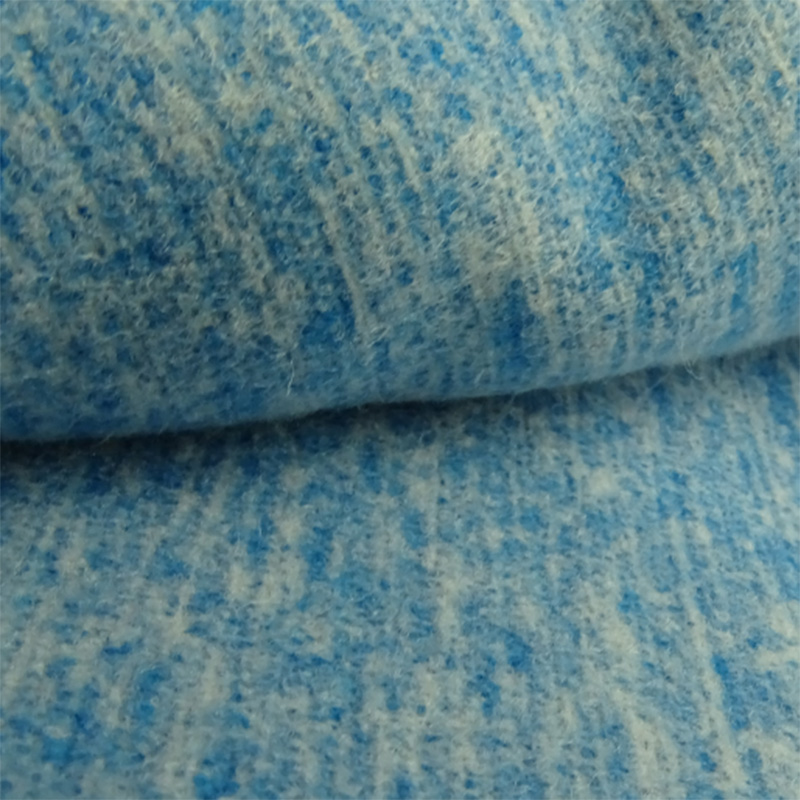If you are interested in some of our products, please feel free to visit our website or contact us for detailed information.
Microfiber towels are able to absorb several times their weight in liquid due to the unique structure and properties of their fibers. The combination of extremely fine fibers, large surface area, and special mechanisms like capillary action allows these towels to soak up liquids much more effectively than traditional fabrics like cotton. Here’s how they achieve this impressive absorbency:
Extremely Fine Fibers
Fiber Size: Microfiber towels are made from synthetic materials like polyester and polyamide, with fibers that are incredibly small—often around 1/100th the thickness of a human hair. These tiny fibers are able to get into the smallest crevices of surfaces, maximizing their contact with liquids.
More Fibers Per Towel: Because the fibers are so fine, there are millions of individual fibers packed into every microfiber towel. This high density of fibers creates a massive surface area, allowing the towel to capture and hold much more liquid than traditional towels with thicker fibers.
Increased Surface Area
Absorption Capacity: Due to their fine structure, microfiber towels have a much greater surface area than regular cotton towels. A single microfiber towel may contain hundreds of miles of fiber when unraveled! This large surface area increases the towel’s ability to hold liquid.
More Space for Water: The microscopic spaces between the fibers create tiny channels that can trap and hold water, dirt, and oils. As the fibers soak up liquid, the water is distributed throughout these channels, allowing the towel to hold far more liquid than you might expect based on its size and weight.
Capillary Action
How Capillary Action Works: Microfiber towels rely on capillary action, a process by which liquids are drawn into narrow spaces without the need for external pressure. The split fibers of microfiber create thousands of tiny gaps between them, and these gaps act like capillaries. When the towel comes into contact with water, the liquid is naturally drawn into these spaces.
Liquid Movement Through Fibers: The liquid flows into the tiny channels and spreads across the towel's fibers. Capillary action pulls the liquid along the length of the fibers, which allows the towel to absorb and hold significantly more water than it would otherwise.
Polyester and Polyamide Composition
Hydrophilic and Hydrophobic Materials: Microfiber towels are typically made from a blend of polyester (which is hydrophobic, meaning it repels water) and polyamide (which is hydrophilic, meaning it absorbs water). This combination creates a balance that enhances absorption. The polyamide fibers act like sponges, drawing in and trapping moisture, while the polyester helps wick away excess water from the surface.
Liquid Distribution: The polyamide fibers not only absorb liquid but also help spread it evenly across the towel. This prevents the liquid from pooling in one spot, allowing the towel to absorb more water before becoming saturated.

Microfiber’s Structure Enhances Absorption
Split Fibers for More Absorption: High-quality microfiber towels are made with split fibers, meaning the individual fibers have been divided into multiple sections during manufacturing. This creates tiny hooks and channels within each fiber, which significantly boosts the towel’s ability to absorb water. These hooks help grab onto liquids and pull them into the spaces between the fibers.
Holding Liquids Securely: Once the liquid is absorbed, the microchannels in the fibers hold onto the water, preventing it from dripping out easily. This is why microfiber towels can pick up large amounts of liquid and retain it without becoming too heavy or soaking through quickly.
Fast Drying and Reusability
Quick Drying: Microfiber towels don’t just absorb a lot of liquid—they also release it quickly. Once the towel is saturated, wringing it out or hanging it up allows the liquid to escape the fibers easily. This is why microfiber towels dry faster than regular towels. The combination of high absorbency and quick drying makes them extremely efficient for tasks that involve large amounts of water, like drying off surfaces or cleaning spills.
Reusable for Multiple Tasks: Because microfiber towels can absorb so much liquid, they can often be used for multiple cleaning tasks before they need to be washed or dried out. This makes them more efficient than traditional cotton towels, which can become quickly saturated and less effective at picking up moisture.
Advantages Over Traditional Fabrics
Cotton vs. Microfiber: Traditional cotton towels rely on the natural absorbency of the cotton fibers to soak up liquids, but cotton fibers are much thicker and don’t have the same level of surface area as microfiber. Cotton towels also lack the microchannels and capillary action that microfiber relies on, which is why they can’t absorb as much water in comparison. Cotton fibers hold moisture differently, and once saturated, they tend to feel heavy and take longer to dry.
Efficiency in Cleaning: Microfiber’s ability to absorb large amounts of liquid without leaving streaks or drips makes it a favorite for cleaning tasks. Whether wiping down surfaces or soaking up spills, microfiber towels excel at pulling moisture away and leaving surfaces dry and clean.
Microfiber towels manage to absorb several times their weight in liquid due to their fine, densely packed fibers, large surface area, and the process of capillary action that draws liquids into the tiny channels between the fibers. The combination of hydrophilic and hydrophobic fibers allows microfiber towels to both soak up and hold water efficiently, making them incredibly effective at cleaning and drying tasks. This advanced structure sets microfiber apart from traditional fabrics, allowing it to absorb more liquid, dry faster, and maintain its effectiveness over time.








